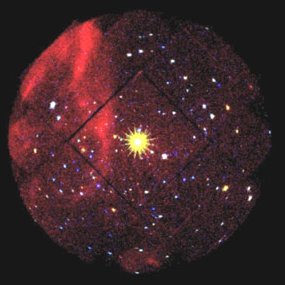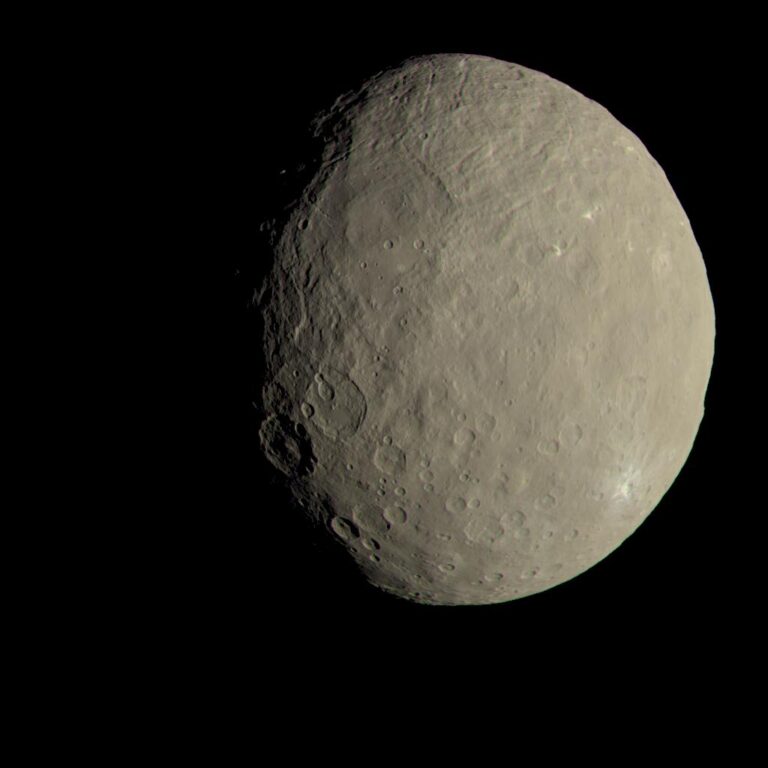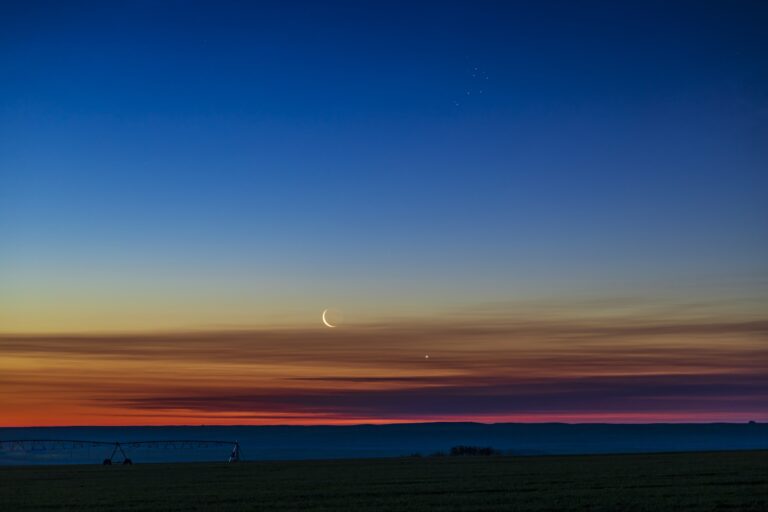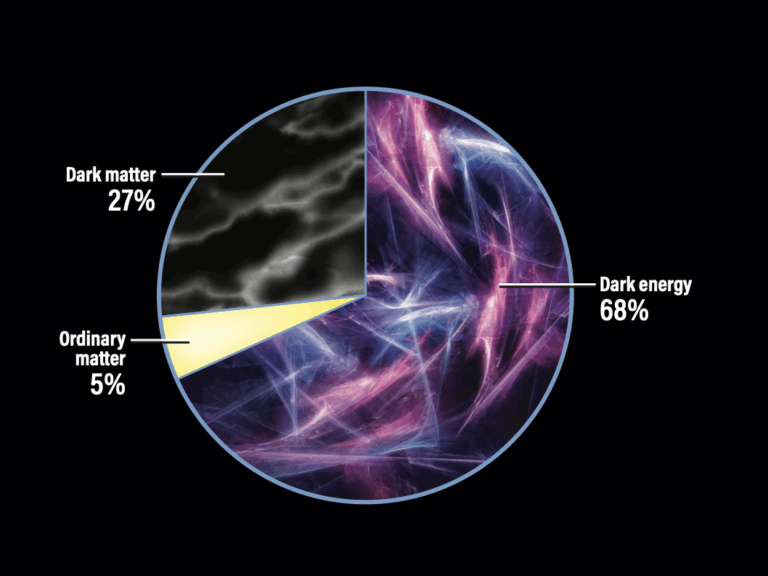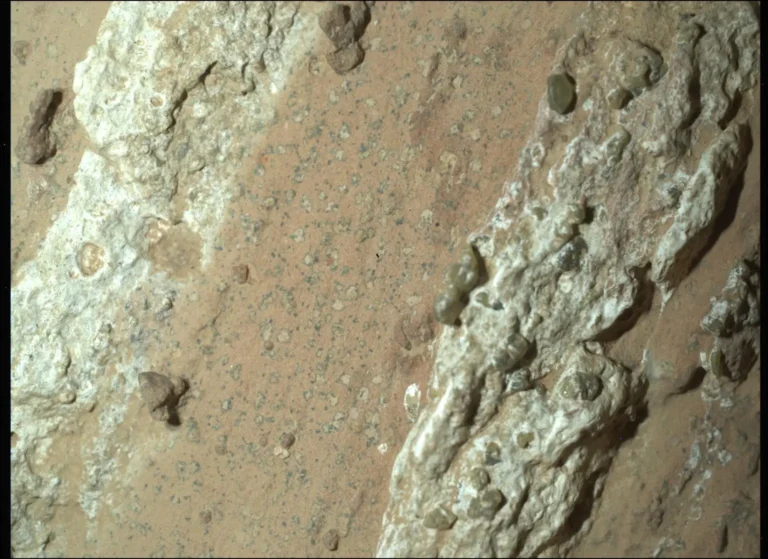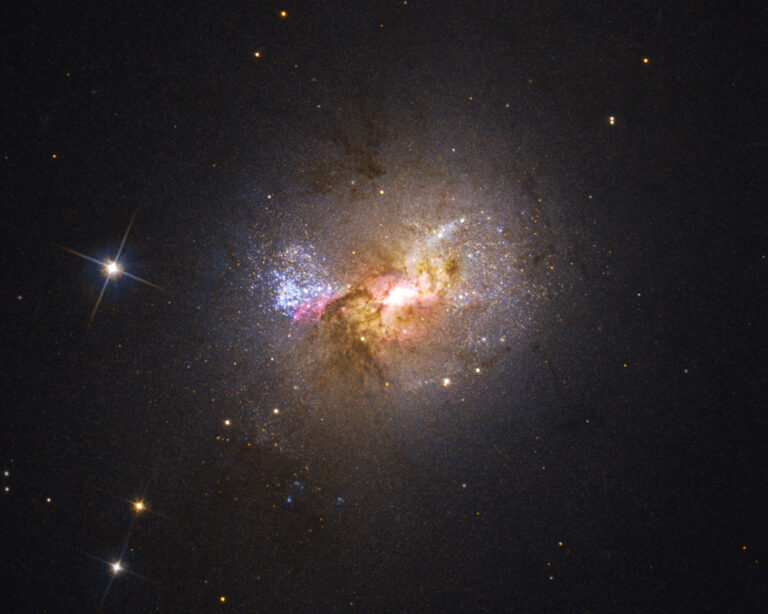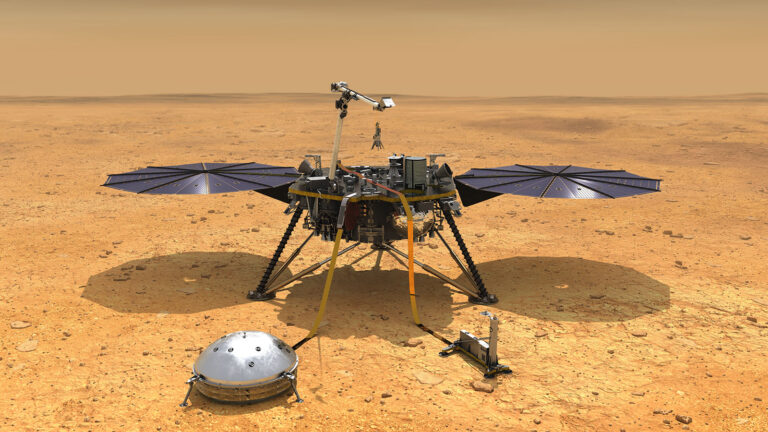Key Takeaways:
Neutron stars have been at the center of an intense detective story for more than three decades, yet their exact nature remains a mystery. A group of European astronomers have for the first time directly measured the magnetic field surrounding one of these strange stellar corpses.
By measuring the effects of magnetism on emitted x rays, some of the more intimate details of neutron-star behavior and structure are revealed. Until now, astronomers have only been able to use indirect methods like theoretical models of gravitational collapse and radio observations of pulsar spin rates to estimate the strength of their magnetic fields.
Born out of titanic supernova explosions, neutron stars are the collapsed cores of massive stars. What remains in the aftermath is a super-dense, hot ball of neutrons some 30 kilometers across with a greatly amplified rotation rate and magnetic field. This combination of rapid spin and powerful magnetic field in newborn neutron stars generates energetic emissions ranging from radio waves to x rays and gamma rays.
Using the ultra-sensitive European Photon Imaging Camera (EPIC) aboard the orbiting XMM-Newton observatory, Giovanni Bignami of the Centre d’Etude Spatiale des Rayonnements (CESR) in France and his Italian teammates analyzed hot x-ray emissions from a young, isolated neutron star. In the longest-ever XMM-Newton observation of a galactic source, Bignami and his colleagues observed 1E1207.4-5209 for 72 hours and found a set of distinct, never-before-seen absorption lines in the high-resolution x-ray spectrum. The researchers say that what sets this discovery apart is that almost all observed spectra of isolated neutron stars have appeared featureless.
Bignami believes that particles in the neutron star’s magnetic field are intercepting some of the outbound x rays, imparting a very distinct spectral fingerprint that allows the team to calculate the resulting strength of the magnetic field. “These observations now allow better understanding of the ‘equation of state,’ or underlying physics, of neutron stars,” adds Bignami.
However, the neutron star’s magnetism is 30 times weaker than all previous predictions, which creates a new puzzle for astronomers. Bignami’s team speculates that an orbiting disk of debris may be dragging on 1E1207.4-5209, slowing its spin rate and decreasing its electromagnetism.
With its tell-tale spectral signature indicating a magnetic field many times weaker than expected, 1E1207.4-5209 may force scientists to reshape their models of these stellar gravestones. The question now on astronomers’ minds is whether this neutron star is unique or just the first of its kind identified. Bignami and his colleagues plan to target more neutron stars using XMM-Newton to answer that question.

